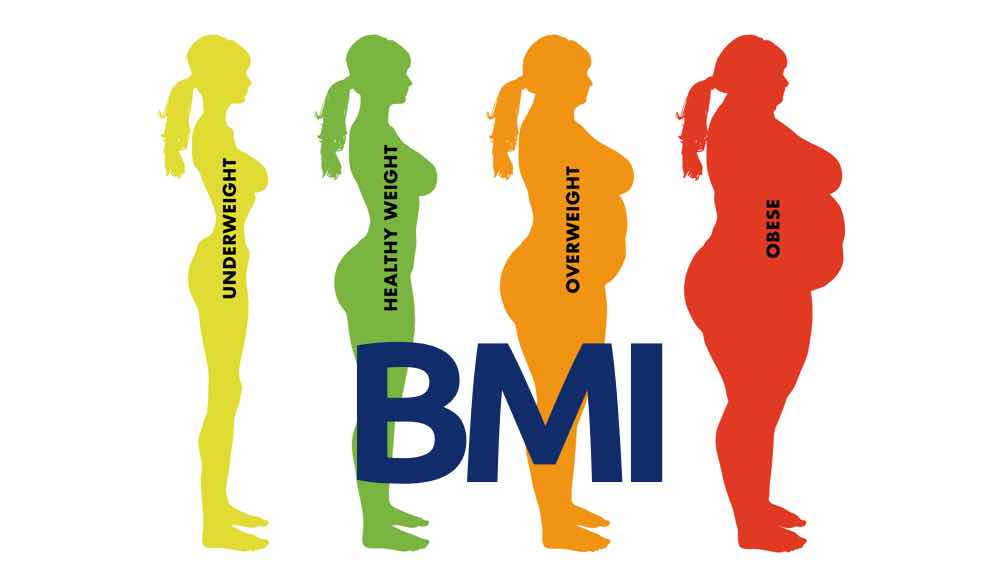Diabetes causes millions of deaths worldwide every year. However, even as a fatal disease, it remains poorly detected. Many patients do not know they have it until symptoms start becoming severe, interfering with one’s daily life. Keep yourself informed and on guard by knowing the top risk factors of diabetes.
Top Risk Factors of Diabetes
1. Overweight and obesity
Obesity is one of the biggest, possibly the most critical, risk factors of diabetes. The World Health Organization states that since 1975, the prevalence of obesity has tripled. Data in 2016 shows that 1.9 billion adults aged 18 and older were overweight, 650 million of whom were considered obese.
 Greater weight is associated with a higher risk of insulin resistance, as fat inhibits the body’s ability to use insulin, making it much harder for the body to regulate blood sugar levels. This means more people than ever are at risk of developing Type 2 diabetes, including overweight and obese children.
Greater weight is associated with a higher risk of insulin resistance, as fat inhibits the body’s ability to use insulin, making it much harder for the body to regulate blood sugar levels. This means more people than ever are at risk of developing Type 2 diabetes, including overweight and obese children.
2. Sedentary lifestyle
Another factor closely related to overweight and diabetes is lack of physical activity, as it contributes to unhealthy weight gain and poor metabolism.
It’s recommended that adults engage in intense physical activity 30 minutes a day for five (5) days a week. This helps the body use insulin effectively to regulate blood sugar levels. In fact, those with pre-diabetes can prevent the onset of Type 2 diabetes through regular exercise. Exercising may also help improve diabetes by reversing insulin resistance, especially if done regularly.
3. High blood pressure and high cholesterol
High blood pressure, high cholesterol, and Type 2 diabetes are closely related with one another. When they occur together, it can increase one’s risk for stroke, heart diseases, cardiovascular problems, complications in various organs such as the kidneys, and many others.
To prevent high blood pressure, high cholesterol levels, and diabetes, several lifestyle changes must be made. This includes opting for healthier food choices, committing to regular exercise, and regularly going to medical checkups to monitor one’s condition.
4. Family history and genetics
Your family’s health history is an important factor that determines your likeliness to develop certain diseases such as Type 2 diabetes. That’s why it’s not surprising that most people with Type 2 diabetes has a parent or sibling with the same disease.
If one of your family members has history of diabetes, it’s important to start a healthier lifestyle as soon as you can. Also, ask your doctor about incorporating blood glucose checks into your medical check-up routine.
6. Aging
In the United States, more than 25% of adults aged 65 years or older are diagnosed with diabetes. Hence, an aging population drives up diabetes incidences on a massive scale. In addition to triggering other cardiovascular complications, diabetes in the older population may also increase mortality rates.
That’s why upon reaching middle age (around 40 to 45 years old) or even earlier, it’s recommended to get yourself regularly tested for diabetes. Early detection and prevention can save you from developing this critical disease at old age.
7. History of gestational diabetes
Gestational diabetes may develop during pregnancy, causing high blood sugar levels that may affect both the woman’s pregnancy and the baby’s health. However, women with a history of gestational diabetes are more likely to develop Type 2 diabetes, but there are ways to lower the risk. This includes maintaining a healthy weight, following your diet plan, and starting an exercise regimen.
***
If you or someone close to you experiences any of these risk factors, setting an appointment with a physician is the best thing to do. Getting tested for diabetes regularly can help you ward off further complications and enable you to manage the disease well.
